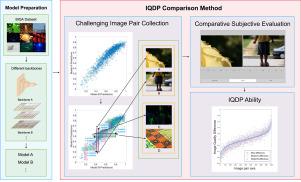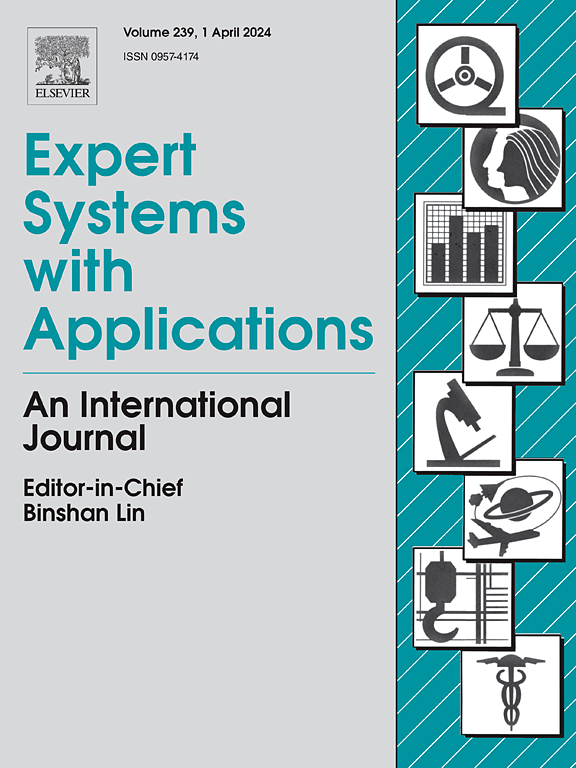图像质量差异感知能力:基于模型证伪法的 BIQA 模型有效性指标
IF 7.5
1区 计算机科学
Q1 COMPUTER SCIENCE, ARTIFICIAL INTELLIGENCE
引用次数: 0
摘要
盲图像质量评估(BIQA)方法是指在没有参考图像的情况下预测图像质量分数的算法。这一具有挑战性的领域对于预处理和优化视觉任务至关重要。由于 BIQA 是一项小样本任务,通过使用在其他视觉任务(如语义识别)上预先训练好的模型,将迁移学习应用于 BIQA 已成为一种常见做法。本文关注的是在语义识别中表现更好的骨干模型是否也能提高 BIQA 任务的预测准确性。对比实验表明,不同精度的语义骨干在 PLCC(皮尔逊线性相关系数)和 SRCC(斯皮尔曼秩相关系数)方面的差异极小。然而,进一步的比较表明,语义骨干确实增强了模型的 IQA 能力,而传统指标由于忽略了图像之间的质量差异而无法捕捉到这种能力。我们将这种能力称为图像质量差异感知能力(IQDP 能力)。在此基础上,我们提出了一种 IQDP 比较方法和新指标,可以有效地比较和测量模型的 IQDP 能力,从而补充传统指标的不足,为识别优秀模型提供有效手段。本文章由计算机程序翻译,如有差异,请以英文原文为准。

Image Quality Difference Perception Ability: A BIQA model effectiveness metric based on model falsification method
Blind Image Quality Assessment (BIQA) methods refer to algorithms that predict image quality scores without reference images. This challenging area is crucial for preprocessing and optimizing visual tasks. Since BIQA is a small-sample task, it has become a common practice to apply transfer learning by using models pre-trained on other visual tasks, such as semantic recognition, to BIQA. This paper is interested in whether a backbone that performs better in semantic recognition also improves predictive accuracy in BIQA tasks. Comparative experiments showed that different semantic backbones with varying precision exhibit minimal differences in PLCC (Pearson Linear Correlation Coefficient) and SRCC (Spearman Rank Order Correlation Coefficient). However, further comparison shows that the semantic backbone does enhance the model’s IQA abilities, which traditional metrics fail to capture due to their oversight of quality differences between images. We term this ability as Image Quality Difference Perception Ability (IQDP Ability). Based on this, we propose an IQDP comparison method and a new metric, which can effectively compare and measure a model’s IQDP Ability, supplementing traditional metrics and providing an effective means of identifying superior models.
求助全文
通过发布文献求助,成功后即可免费获取论文全文。
去求助
来源期刊

Expert Systems with Applications
工程技术-工程:电子与电气
CiteScore
13.80
自引率
10.60%
发文量
2045
审稿时长
8.7 months
期刊介绍:
Expert Systems With Applications is an international journal dedicated to the exchange of information on expert and intelligent systems used globally in industry, government, and universities. The journal emphasizes original papers covering the design, development, testing, implementation, and management of these systems, offering practical guidelines. It spans various sectors such as finance, engineering, marketing, law, project management, information management, medicine, and more. The journal also welcomes papers on multi-agent systems, knowledge management, neural networks, knowledge discovery, data mining, and other related areas, excluding applications to military/defense systems.
 求助内容:
求助内容: 应助结果提醒方式:
应助结果提醒方式:


